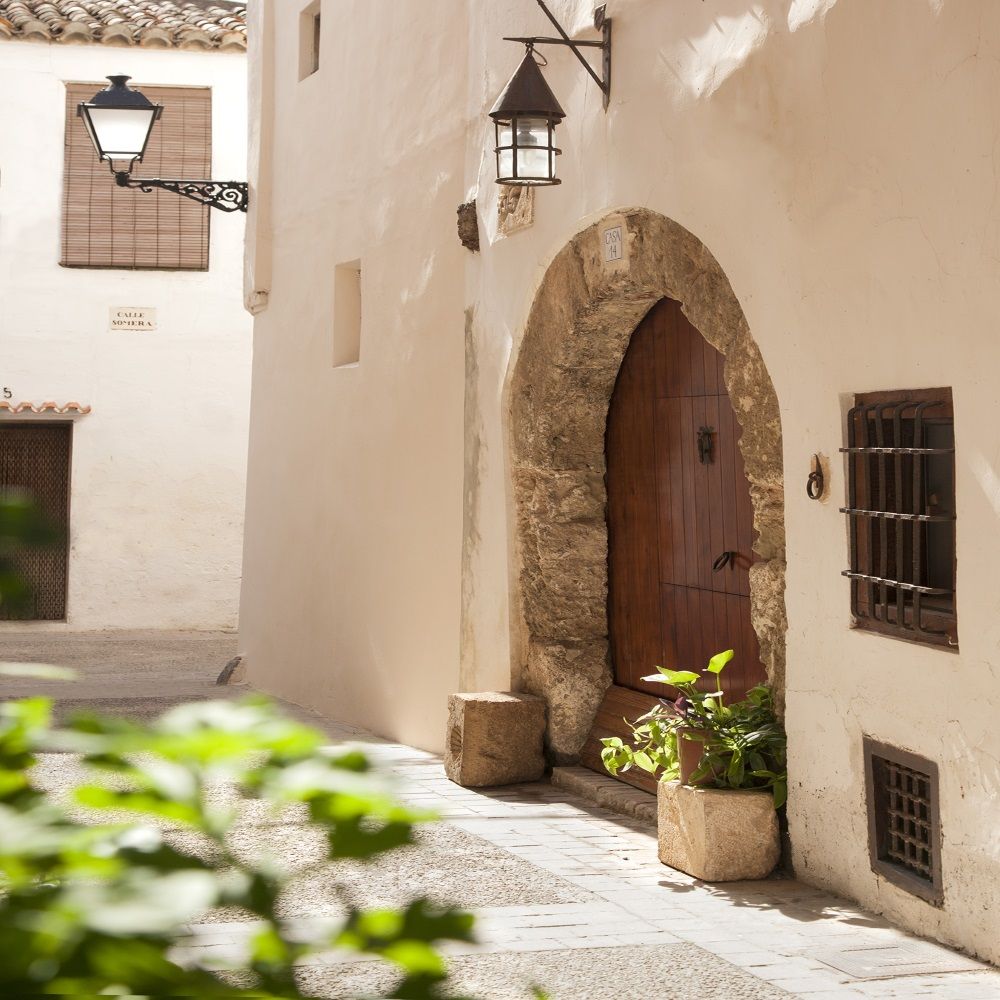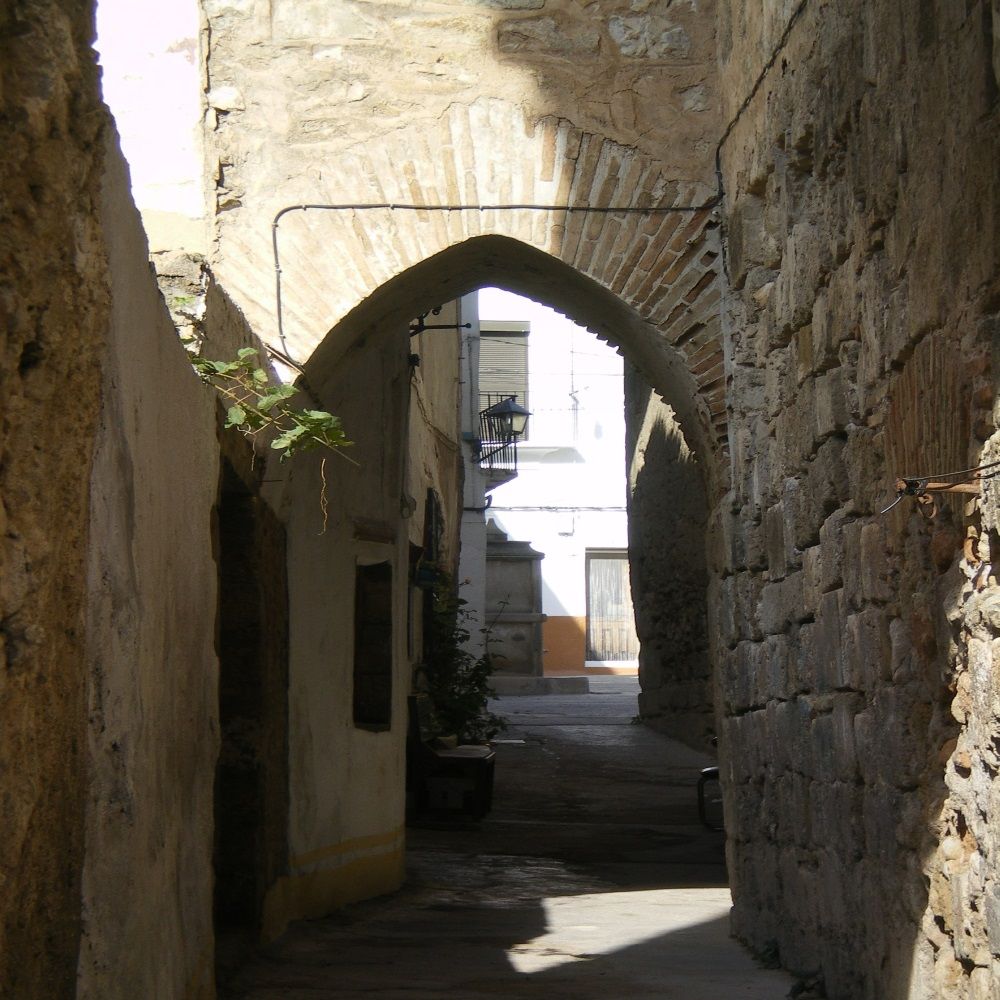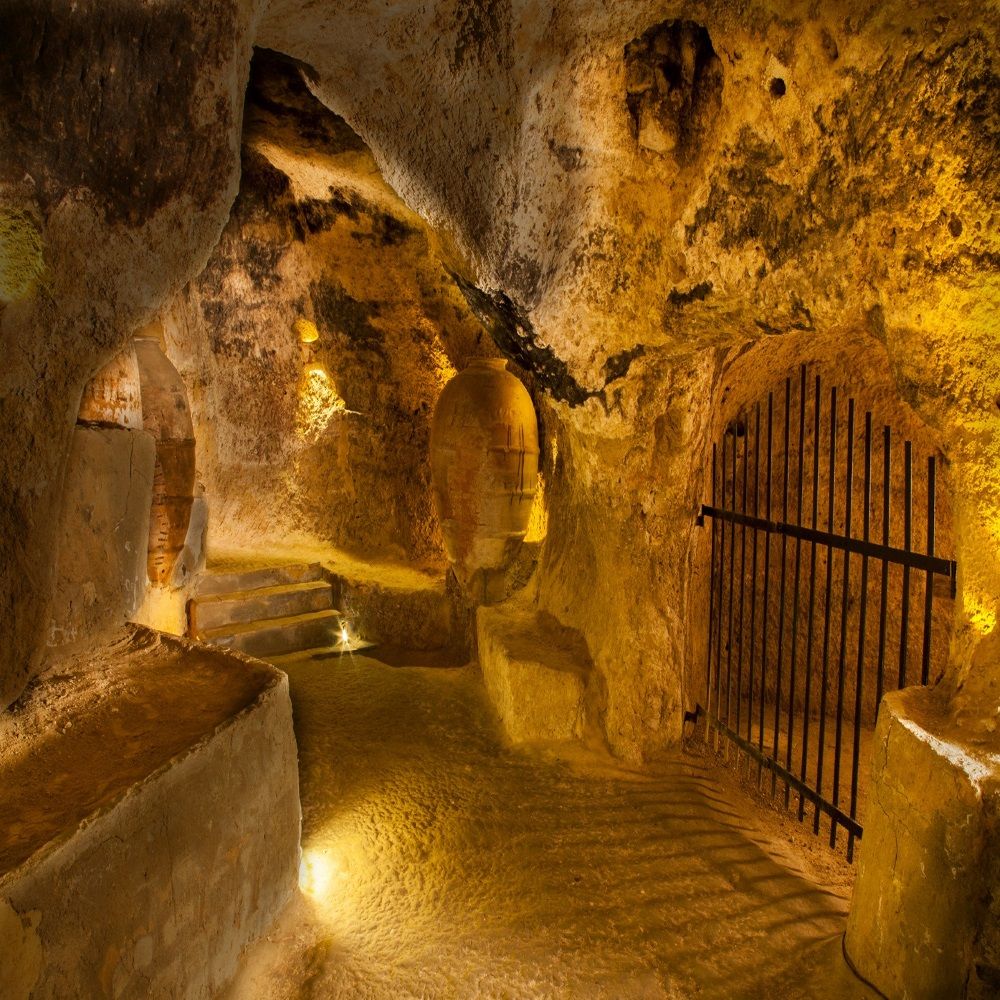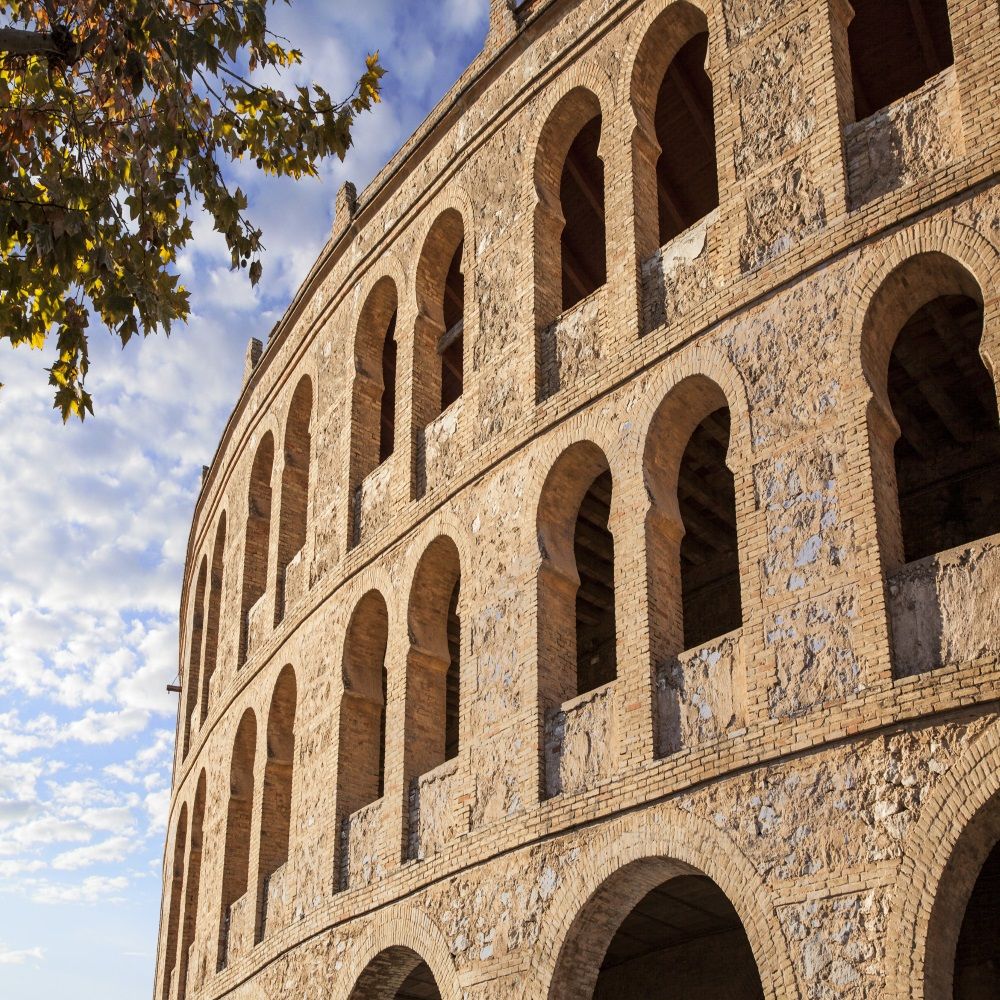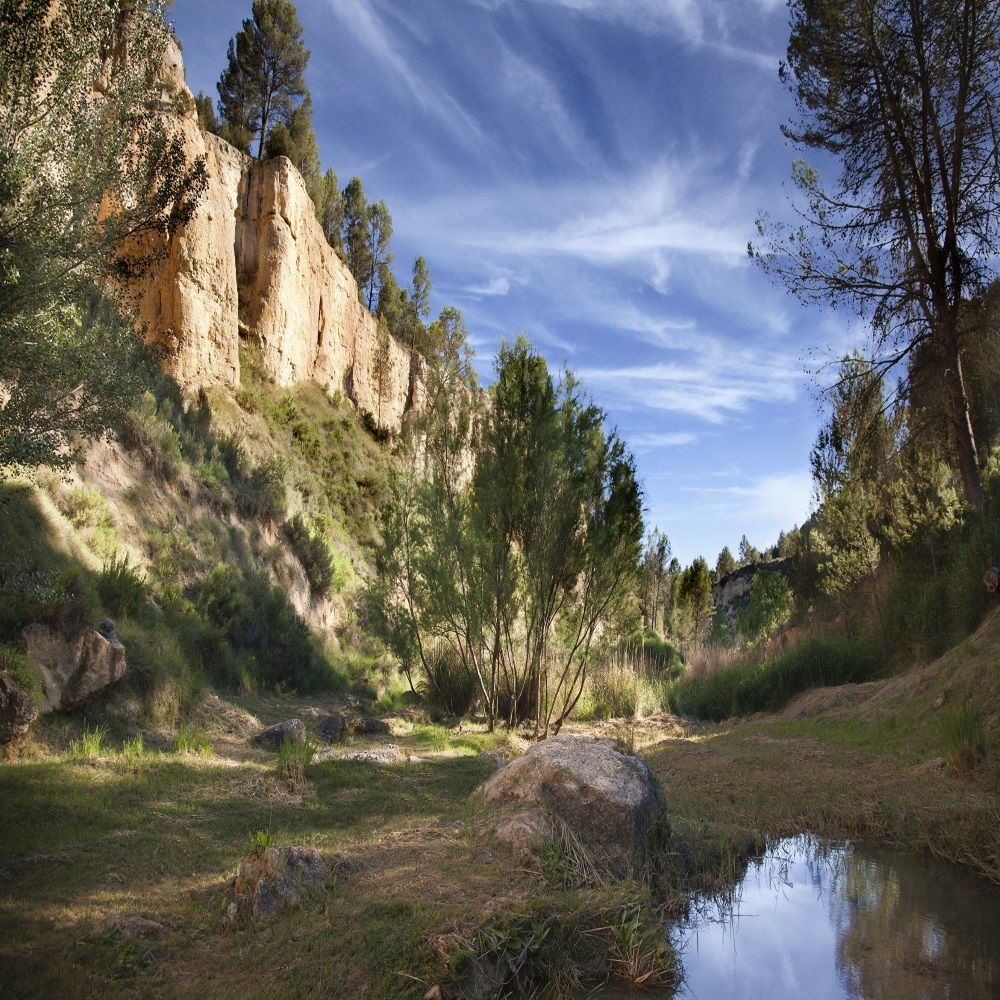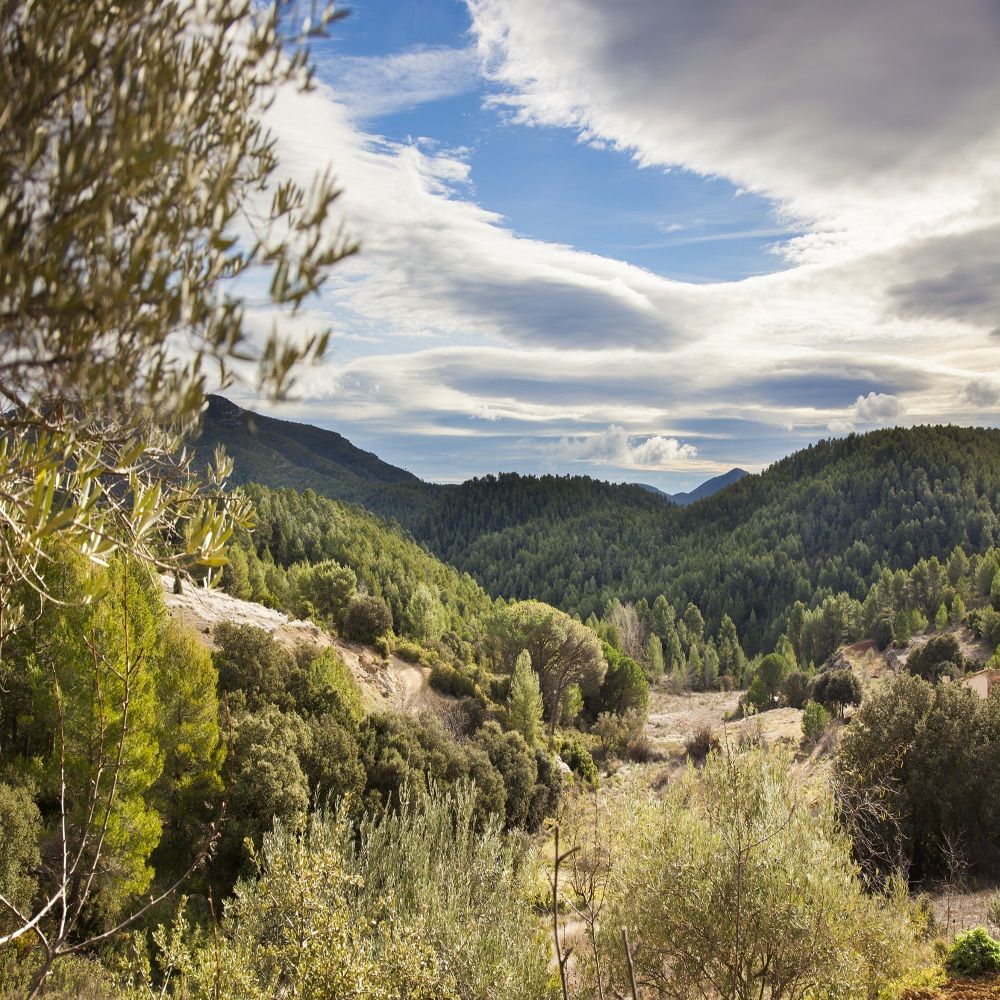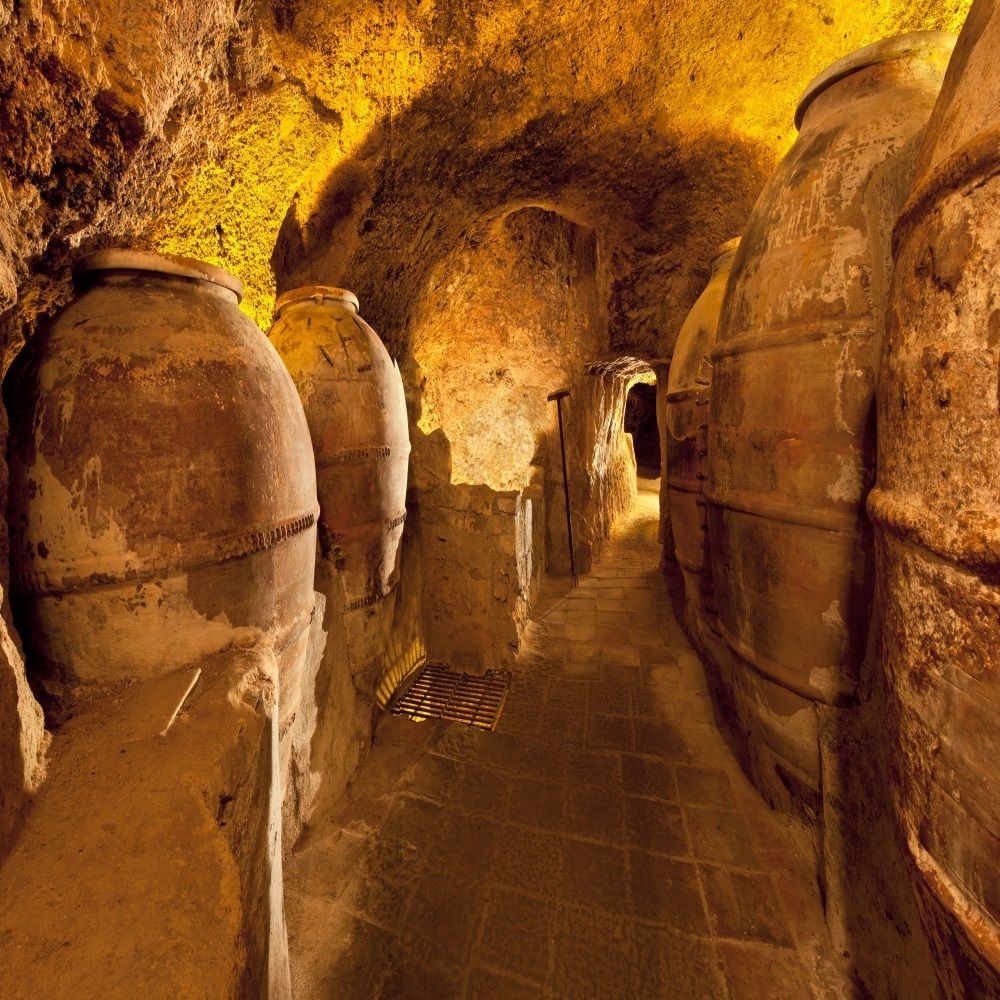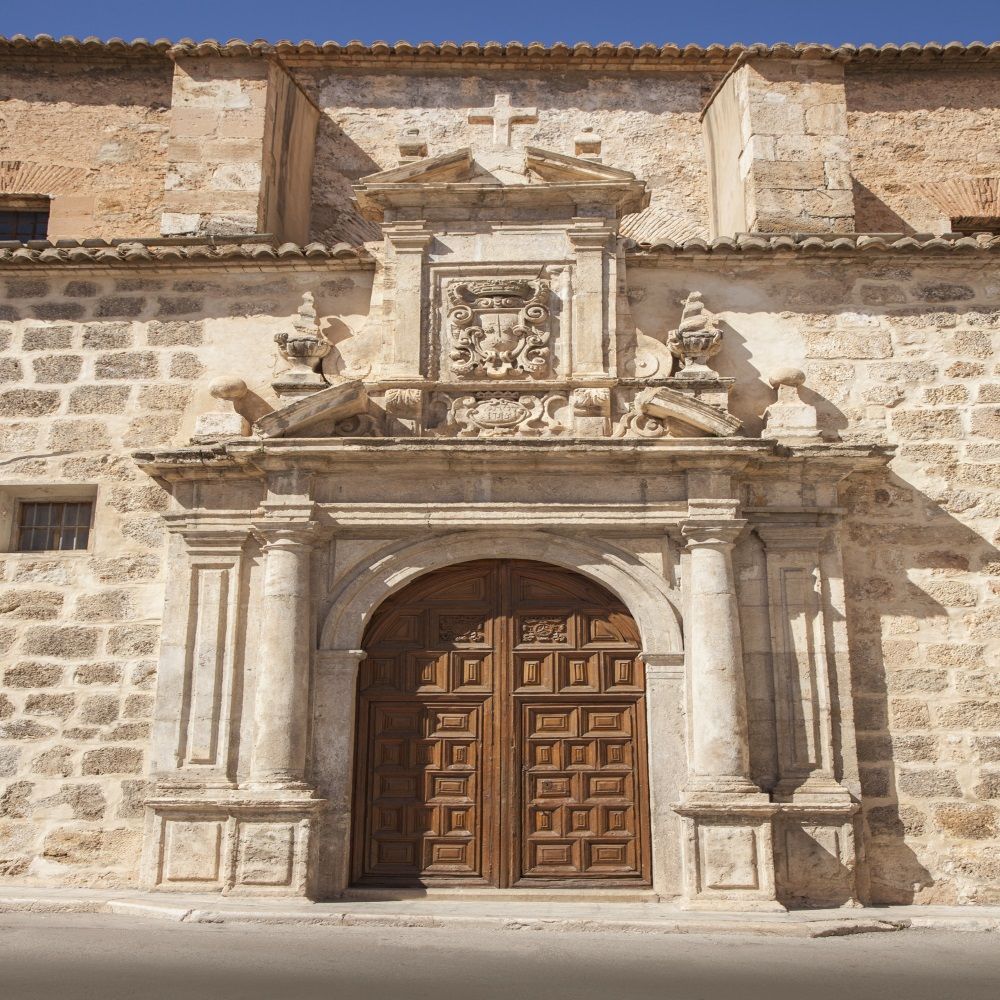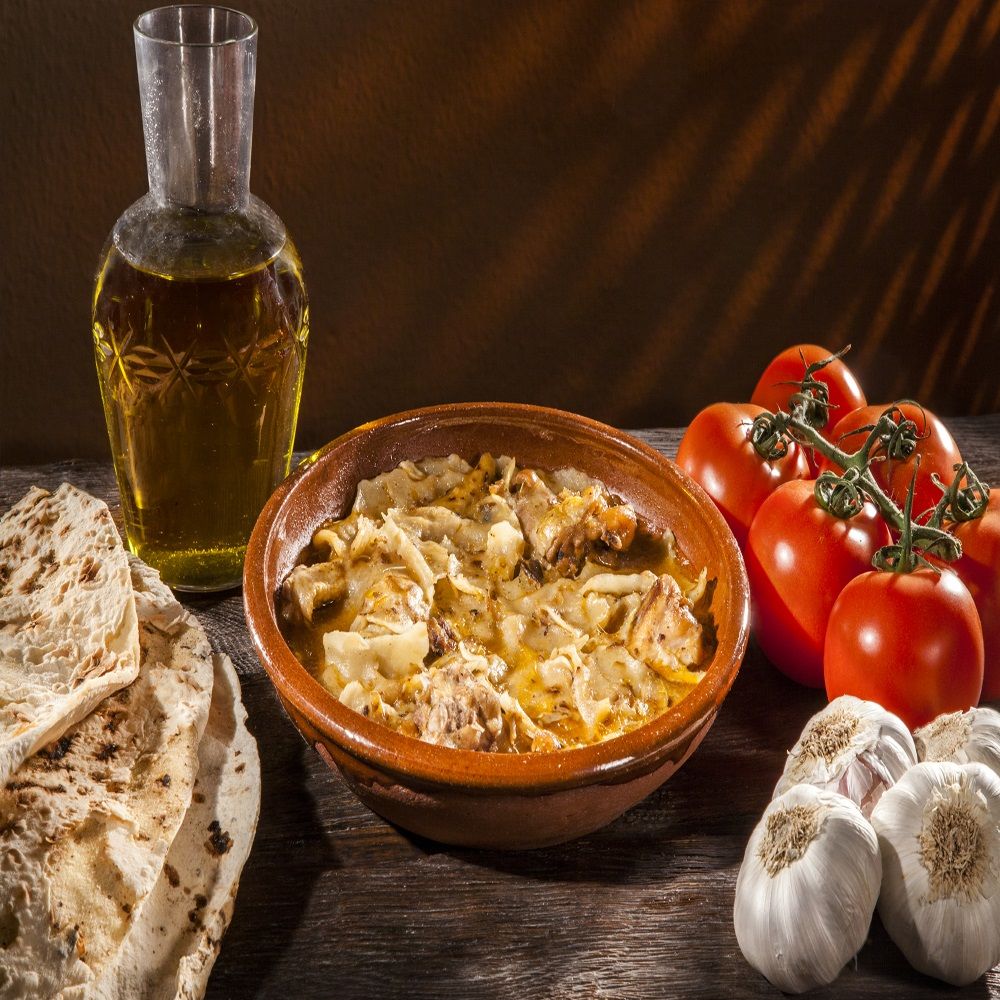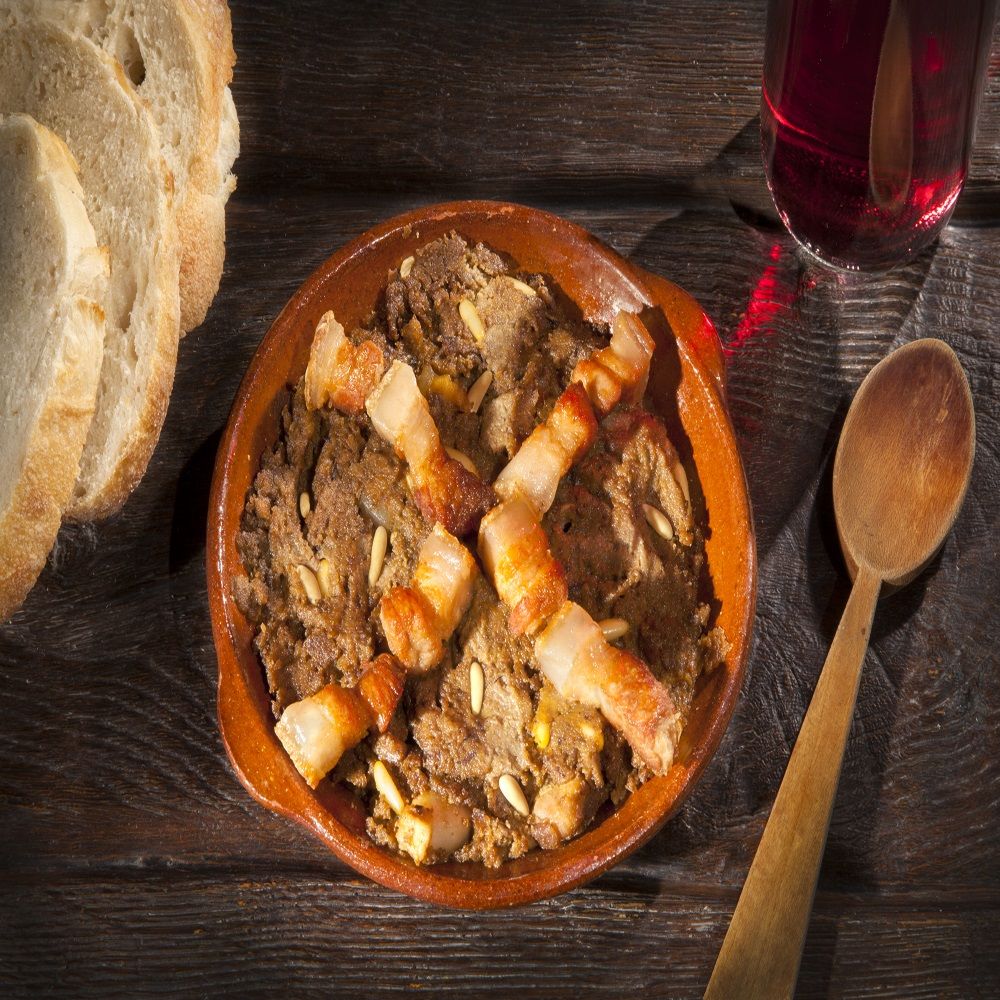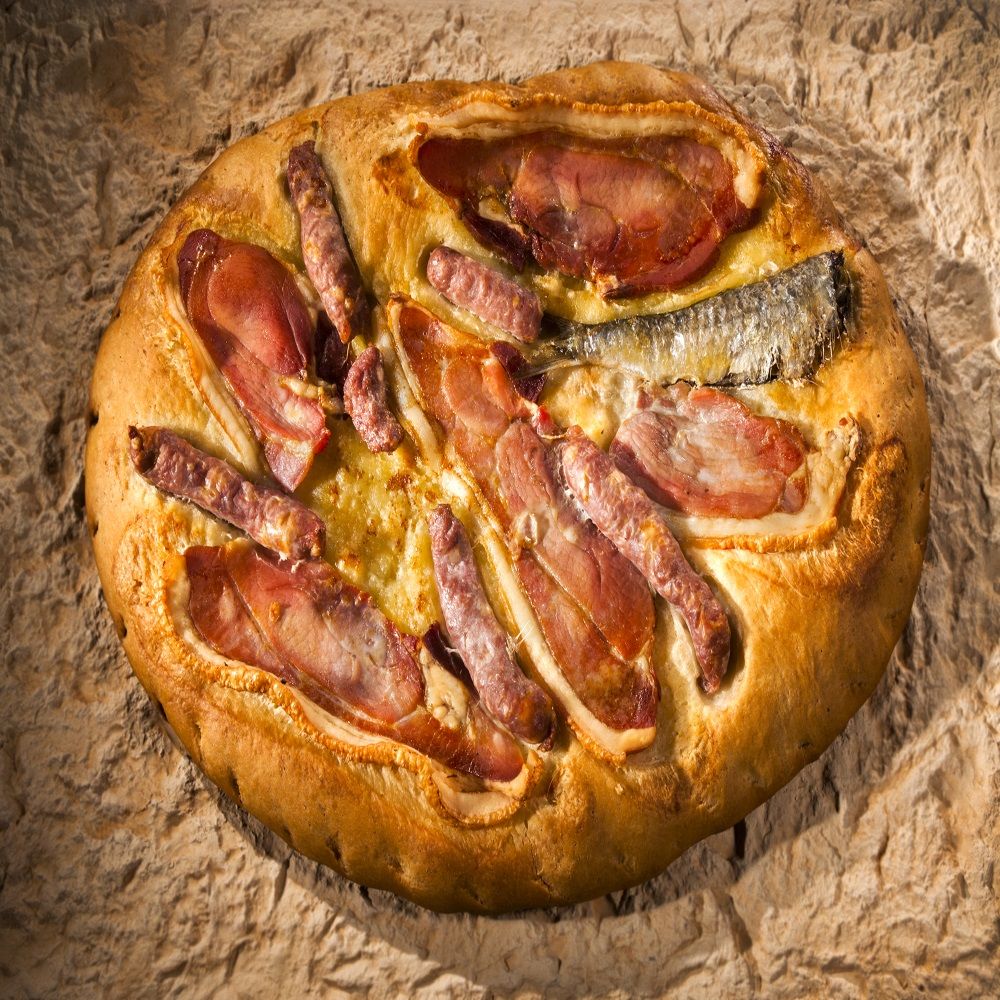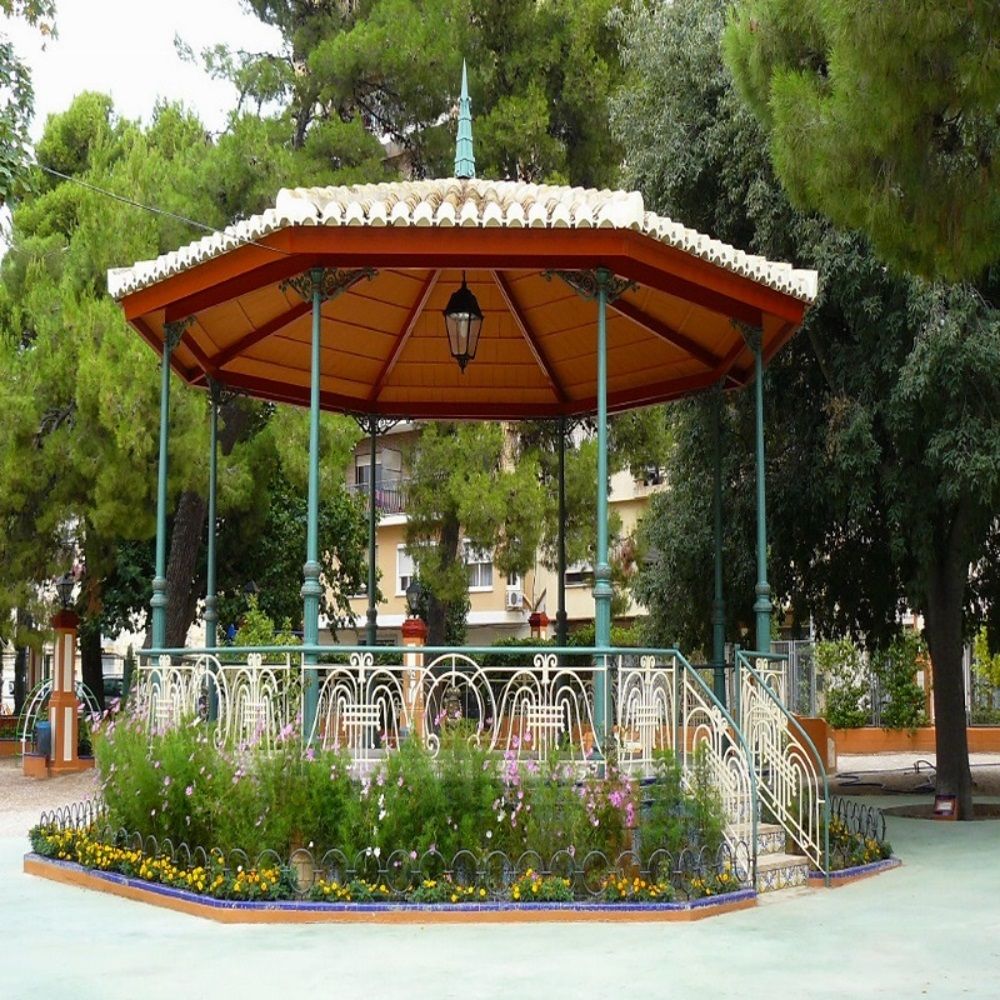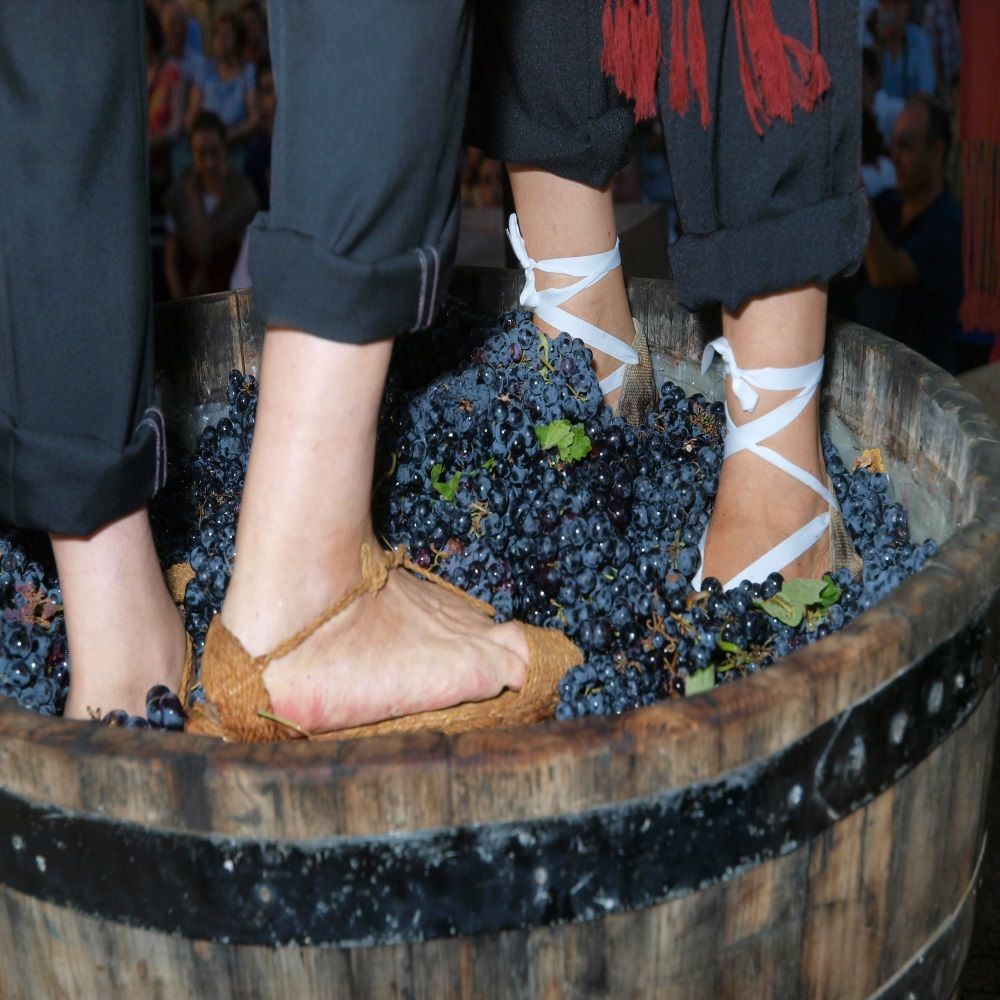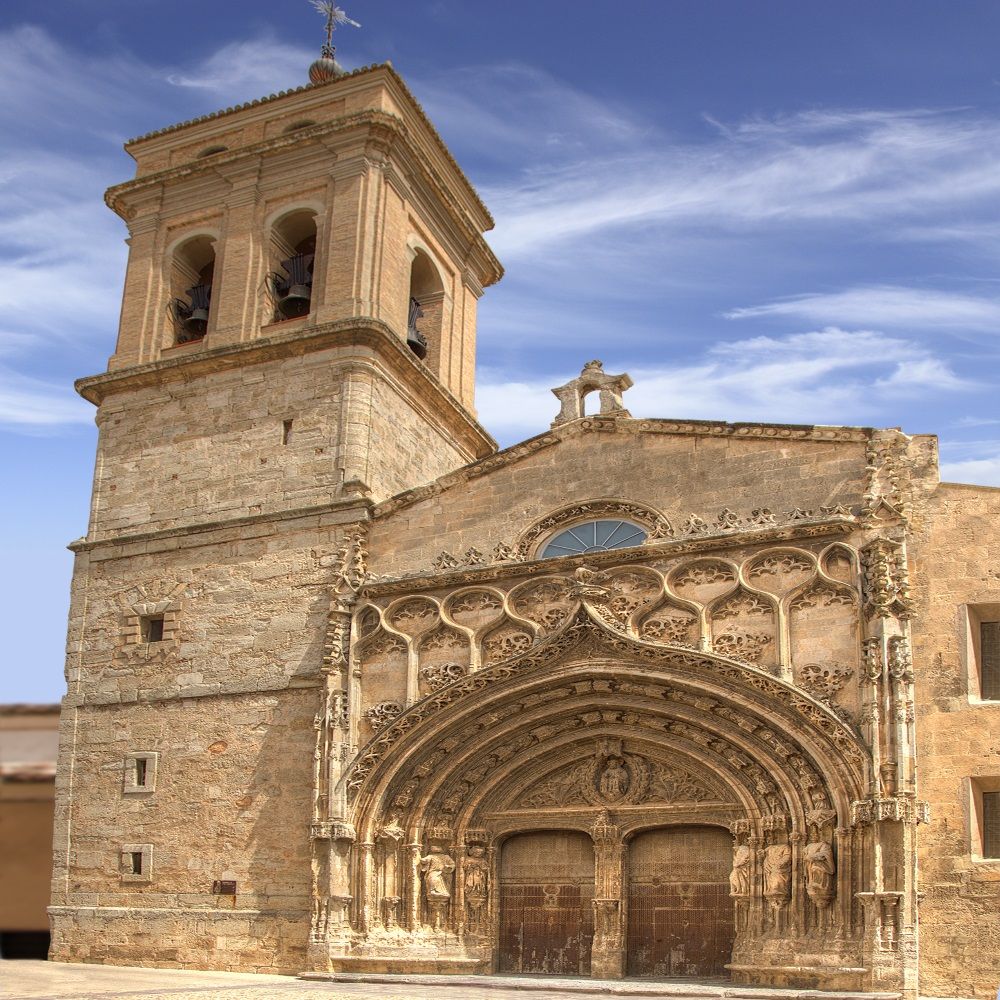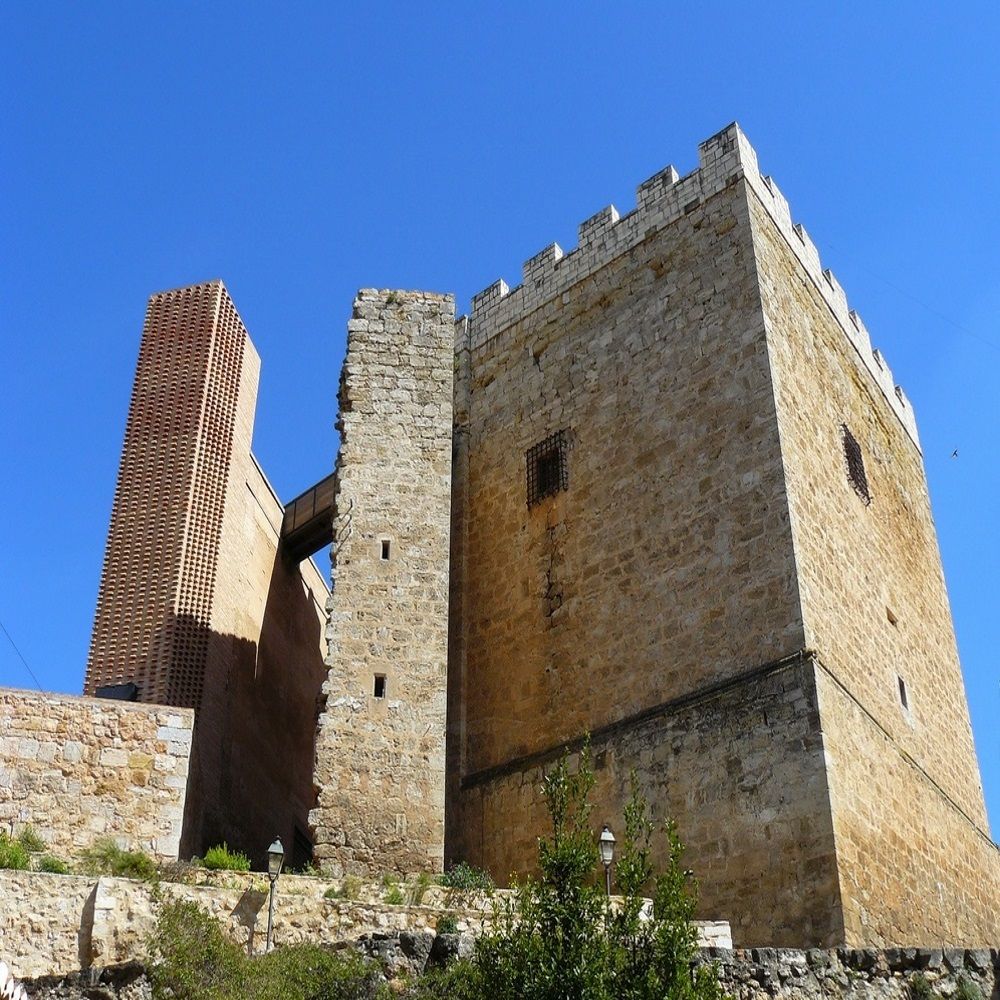Requena
Requena has a rich history, which stems from its strategic location and the domination that it has exerted since ancient times over the natural route linking Valencia with the Castilian plateau, passing through the “Cabrillas” mountain range and “Contreras” Pass.
Its old town reflects the splendour of those times in which, curiously, the municipality did not depend on the wine industry, but rather its economic activity was focused on the production of silk, as evidenced by the Silk College located in the heart of the La Villa neighbourhood.
Requena offers a unique opportunity to visit a medieval city – from underneath. Visitors can enjoy a tour through the ancient caves in which wine, olive oil and cereals were formerly stored in large vats.
Gastronomy:
Requena’s traditional dishes are rich in proteins and calories, as well as being varied and very tasty. Examples include: rice with pork, potatoes in broth, rice and beans, rice casserole, gazpacho manchego, “ajoarriero”, “morteruelo” and “cachuli”, without forgetting the typical buns with sliced ham and sardines, and sausages. A typical sweet is “el turroncillo”.
Requena’s cured meat products are made from the very best raw materials, and special care is invested in their preparation and drying processes. The Geographical Indication protects the following products: sausages, “chorizo”, “güeña”, “spicy sausage”, “salchichón”, “perro” and “morcilla”. Two of these products, “El Perro” and “La Güeña”, are registered in the list of handicraft products of the European Union.
February sees the celebration of the Artisan Quality Cured Sausage Fair, which is organized by Requena City Council, with the collaboration of the Governing Body of the “Embutido de Requena” P.G.I, and which was declared of Regional Tourist Interest in December, 2009.
Requena has an old tradition in winemaking, as evidenced by the countless wineries located in the La Villa and Las Peñas neighbourhoods in the old part of the city. It currently has more than 18,000 hectares of vineyards registered with the Regulatory Council’s vineyard register. It is the largest wine-producing municipality in the administrative region, producing a range of white, rosé and red wines, as well as white and rosé “cava” of proven quality, proof of which is evidenced by the numerous Spanish and international prizes and awards received in recent years.
Places of interest:
The City Caves
The 22 caves located under the town square date from the Muslim period (9th- to 13th-centuries). The transit of carts was prohibited in the City in the 15th century in order to avoid the sinking of the roads due to the existence of the caves. They were in use until the 17th century, when the private houses and public buildings in the square were demolished and they caves were semi-filled with debris. As of 1972-1973, they were cleared of debris and subsequently conditioned.
Some caves have vats, others have wells. Those corresponding to the former ossuary that was reused as a mass grave are located on the highest level. Two of them are vessel-shaped, from which it may be deduced that they were used as silos. Some still retain remains of their stairs and vents. The most common use was that of a space for the storage and conservation of wine, which was stored in large vats, accompanied by complementary wine-making elements, such as tanks, teals for treading the grapes, barrels and tanks for decanting must.
Keep
The keep of the castle of Requena is a huge cube measuring 16.5 m at the base by 23.5 m high. It was constructed in the 15th century as the first element of a reform project that initially included the entire castle, but which was not finished, as can be seen in the form of the powerful, unfinished wall that is embedded in the north corner of the tower and which houses the only original entrance to the tower via a narrow staircase that led to the walkway and the top floor of the fortification.
The visit to the site includes the three floors of the tower and the upper section, the parapet, the towers and the inside of the citadel. An audiovisual display on the lower floor presents a synthesis of the history of Requena and its region; the second floor contains information on Requena’s medieval urban development and its fortification techniques; an audiovisual installation on the third floor recreates some of the main vicissitudes of the Torre and the Villa, especially the siege of the War of Succession (1706). The upper section offers a magnificent view of the medieval town of Requena.
Temple of Saint Mary
The church of Saint Mary of Requena, in addition to being one of the most important historical monuments in Requena’s old centre, is today one of the city’s most important cultural centres.
It was declared a national monument on 3rd July 1931. Its celebrated façade, a magnificent example of florid Elizabethan gothic art (even more detailed than that of El Salvador), bears three archivolts decorated with delicious angelic figures and whimsical designs. The Annunciation in the tympanum. The interior suffered heavy damage during the Spanish Civil War of 1936, with the loss of its imagery, ornaments and a valuable organ. At a later date, among apathy and neglect, the ceramic work that decorated the lower part of the walls was lost.
It is used for large format exhibitions and concerts throughout the year, with special mention of the Sacred Music Week, which takes places during Easter.
Church of the Saviour
Declared a national monument on 3rd July 1931. Its celebrated portico, an example of florid Elizabethan Gothic style, was built in the second half of the 15th century. Valencian architects were responsible for chiselling the door, which has a double archivolt covered with angelic figures and whimsical designs; true filigree stonework. It is the only catholic church currently open in the La Villa neighbourhood. Its construction as a Romanesque temple was begun in 1380 (there was subsequent work carried out in 1779 following the collapse of its majestic, 40m tower following a heavy snowfall) and lasted until 1533. The result was a large church with three naves. In 1601, the Church of “El Salvador” was declared the “main parish church”, and in 1649 it was awarded the title of archpriest church.
The Utiel-Requena D.O. wine routes include visits to wineries covered by the Utiel-Requena D.O., with wine tastings led by wine experts, tours of scenic and monumental environments and sampling of the local gastronomy. Visitors can choose between accommodation in hotels or in charming country bed and breakfast houses. Visits to wineries which produce cava are also available.
Festivities:
GRAPE HARVESTING FESTIVITY, the oldest of its kind in Spain. Declared of Tourist Interest. The many acts and celebrations include: Treading and Blessing of the first grapes, wine nights, “El Labrador”, Absent “Requenense” Day, Procession, Parade, Bull Fighting, “La Noche de la Zurra”, etc.
